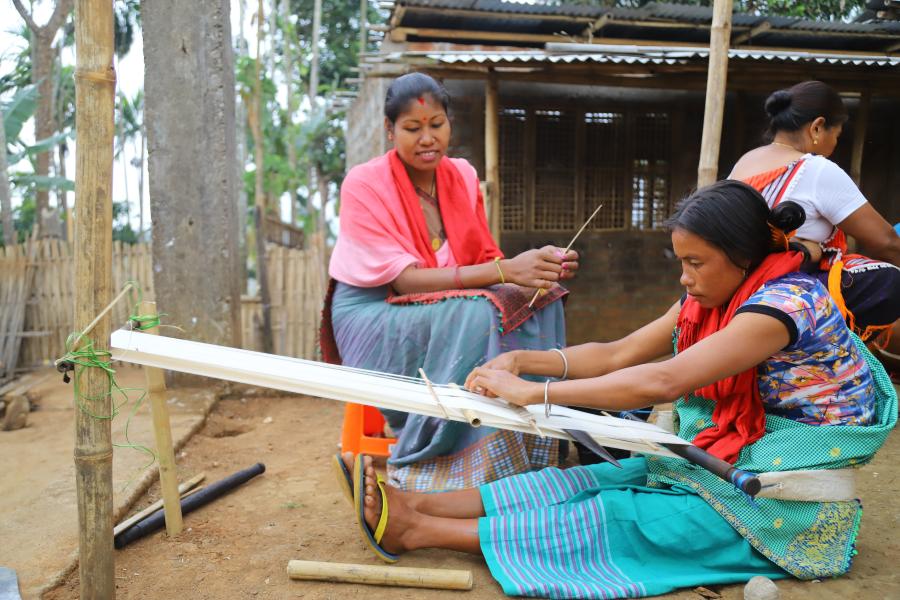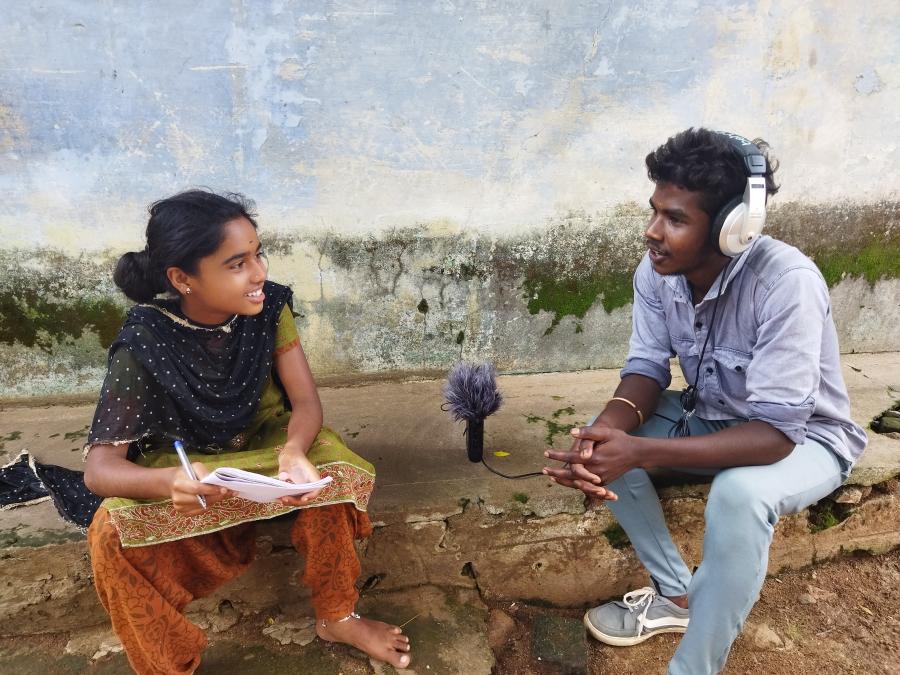Displacement and Development: Construction of the Sardar Sarovar Dam
Since 1991, India has entered a new phase in its development path, aided by the combined kindness of the World Bank-IMF-ADB-WTO and Western governments. Liberalization, globalization and privatization are the cornerstones of this new phase. All available evidence shows that the alienation of the adivasis from their lands, natural resources and cultures has only accelerated under these policies in India. In this context, let us turn to the latest and most celebrated case from India. The case of adivasis affected by Sardar Sarovar dam under construction at Vadgam village in Gujarat in western part of India.
The dam alone displaces more than 41,000 families (over 200,000 people) in the three states of Gujarat, Maharashtra, and Madhya Pradesh. Over 56 percent of the people affected by the dam are adivasis. Due to many reasons, most importantly due to the struggles of the people affected by the project under the banner of Narmada Bachao Andolan (NBA), the project has admittedly the best ever resettlement and rehabilitation policy in India. But there are too many slips between the cup and the lips.
The project is a result of the Narmada Waters Dispute Tribunal Award of 1979. The NWDT was constituted under India's Inter-State Water Disputes Act of 1956 following a dispute between the participating states about the mode of use of water from the Narmada river. That tribunal sat for 10 long years, but had no time for consultation with the affected people. Much worse, the five large volumes of the tribunal transcripts do not contain the word adivasi or any reference to them, although some of the stipulations of the tribunal are incidentally favorable to adivasis. For example, the tribunal has stipulated that the affected people must be resettled as a community.
What is happening in practice? To date, Gujarat government claims to have resettled 7500 odd families affected by the project. The resettled people, most of them adivasis, are facing many serious problems. The land that is given to them is uncultivable or water logged in hundreds of cases. Many more have not been given sufficient land. Many others have been given fragmented or encumbered land. Most sites do not have adequate drinking water or sanitation or health facilities. None of the sites have grazing land, fodder, or firewood facilities.
Let us take the case of Rameshwarpura resettlement site of Gujarat, where adivasis from Madhya Pradesh state have been resettled. In this site, in May 1999, within a period of 10 days, seven adivasis died due to poor drinking water facilities and the accumulated impact of malnutrition. The authorities have made no compensation for the common property resources like forest, fish, water, among others, enjoyed by the adivasis in their original village.
Let us take the community resettlement norm stipulated by the Tribunal. As NBA has documented and presented in the case in the Supreme Court of India, not one of the displaced villages has been resettled as a community. In the adivasi villages in the Narmada Valley, the adivasis stay in sub-village units or hamlets: Not one hamlet has been resettled together. Not even families are settled together. Even fathers and sons have been given lands in distant places. There have been scores of cases where brothers have been given lands in places a long distance away from each other.
And Sardar Sarovar is an example where one would have hoped to see the best situation for the adivasis: Because of the 14 year struggle of the affected people, because of the involvement of the World Bank, because of the national and international media attention and debate, because of the ongoing case in the highest court of the nation. The situation of the adivasis elsewhere is much worse than this. The adivasis displaced by in the 1950s and 1960s by the Hirakud, Bhakhra, and other projects still struggle to get the paltry compensation promised to them at that time.
Article copyright Cultural Survival, Inc.



